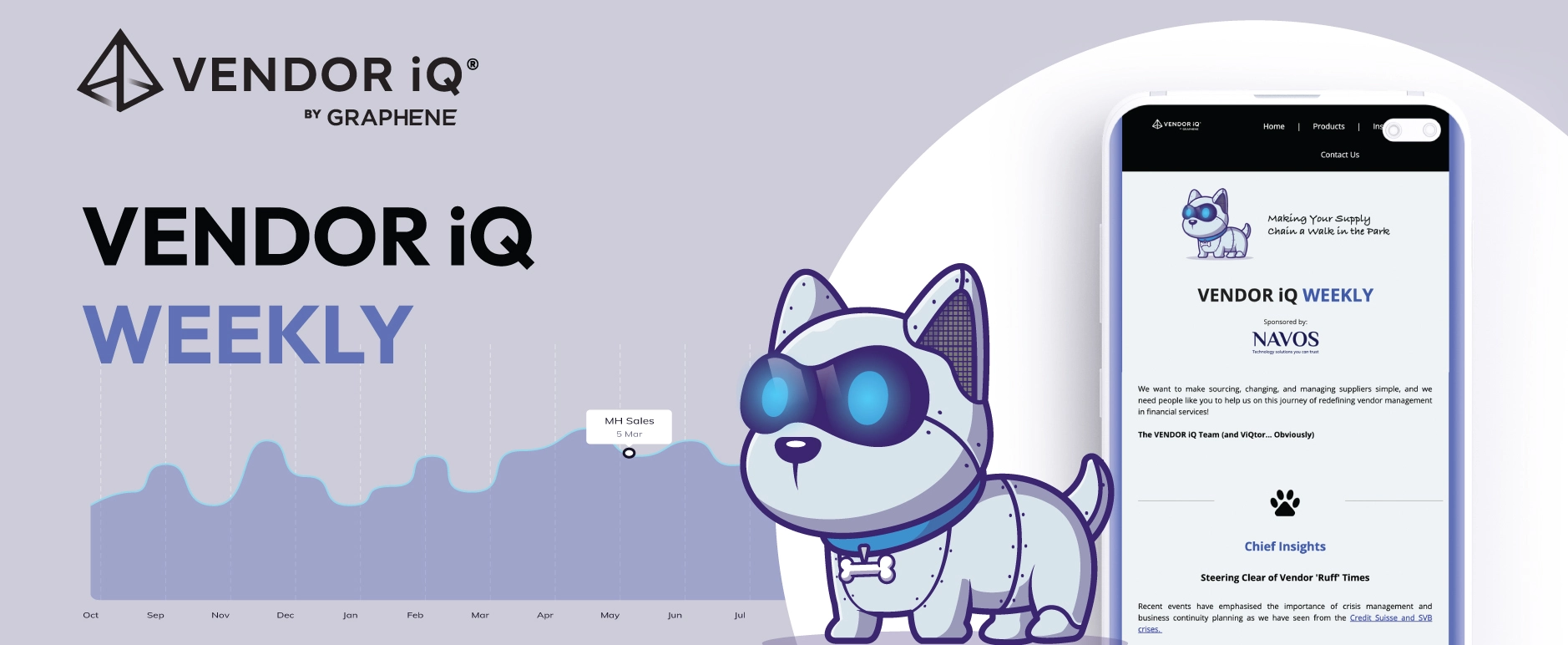Learn from Supply Chain Failures
While we typically explore innovations in supply chains across different sectors, today, in the spirit of Halloween, we’re taking a different approach. Prepare for a spine-tingling journey into the world of supply chain nightmares.
In the world of supply chains, failure can lead to catastrophic consequences. Over the years, various companies have faced supply chain breakdowns that left them reeling. While these failures represent significant setbacks, they also provide valuable lessons for any sector looking to secure the supply chains of their clients. Let’s explore some notable supply chain mishaps and the crucial lessons they offer.
KFC’s Chicken Shortage
When you think of KFC, you think of chicken, right? It was inevitable that the fast-food giant had to halt operations in the UK due to a chicken shortage in 2018. Over 700 of KFC’s UK stores were forced to close due to problems with its new foodservice supplier, DHL. Issues included failed deliveries and supervision problems, leading to store closures.
There were numerous factors from both KFC and DHL that led to the collapse of the supply chain. Perhaps the biggest mistake KFC made was choosing DHL, which had no prior experience in chilled foods and therefore lacked the expertise to fulfill this role successfully. DHL also had only one distribution center in the UK, meaning all its eggs were in one basket, which is not a sensible idea when providing for such a large company. Management issues stemming from KFC also led to the failure, such as insufficient due diligence and no contingency plans in place.
Our Take Away…
Effective supply chain management requires careful selection of suppliers, ensuring they have the expertise and infrastructure to meet your specific needs. Additionally, thorough due diligence, contingency planning, and risk management are critical for maintaining a resilient supply chain.
Foxmeyer, 1996
In 1996, Foxmeyer was the second largest wholesale drug distributor in the US, with sales of more than $5 billion. Then it decided to revamp not only its IT systems but also all of its distribution facilities, forecasting huge efficiency gains. Its new systems did not deliver any cost savings, barely worked, and were unable to handle vastly increased orders. Before long, Foxmeyer filed for bankruptcy, and its operating division was sold to rivals McKesson, for just $80 million.
Our Take Away…
Relying on unproven technology without proper assessment can lead to catastrophic supply chain failures. It’s essential to conduct comprehensive testing and ensure the new systems deliver tangible benefits before implementing them.
PlayStation
Sony’s 2004 Christmas campaign to launch the PlayStation 2 is a great example of supply chain challenges. Everything worked perfectly until an oil tanker became stuck in the Suez Canal, blocking ships from China carrying the consignment of consoles. Sales fell 90 percent in the run-up to Christmas, leading to significant disappointment among customers.
Our Take Away…
Bottlenecks exist, and they may cause supply chain issues through no fault of your own. Building robust contingency plans to address unforeseen disruptions is essential for maintaining a resilient supply chain.
Toys “R” Us
In 2000, Toys “R” Us partnered with Amazon in an exclusive 10-year contract. While it initially thrived, the partnership hindered Toys “R” Us in the long run. It became overly reliant on Amazon for online sales, and when Amazon started working with competitors, Toys “R” Us’s market share suffered. Massive debt further impeded its competitiveness.
Our Take Away…
Relying on a single supplier, even a giant like Amazon, can be risky. Diversifying suppliers and being prepared for changes in the market is essential. Moreover, Toys “R” Us’s critical mistake was the failure to develop its own eCommerce presence. Instead of building their own eCommerce business, as they probably should have, Toys “R” Us was completely reliant on Amazon for online sales. This left them vulnerable when their partner diversified and served their competitors.
The Importance of Data, Surveillance, and Early Warning
Your suppliers can introduce various types of risk. Among them, performance risk stands out as the most critical, as it directly impacts your operations when suppliers can’t meet their obligations. However, assessing your suppliers’ performance quickly becomes challenging due to a lack of data.
One approach is to extend your oversight up the supply chain, focusing on your suppliers’ suppliers. Analysing data related to supply chain spend and payment behavior provides valuable insights into potential risks.
Take, for example, spending behavior. In every business, you’ll find a hierarchy of suppliers with varying degrees of importance. When a company faces financial distress, it often reduces spending and delays payments to less critical suppliers. These early signs, reduced spending and delayed payments, offer a clear warning. As financial stress deepens, these patterns can extend to more critical suppliers higher up the hierarchy. Recognising these signs offers a clear signal of impending issues.
Effective early warning signals require current data. Traditional credit scores often lag behind detrimental payment behaviors by several months.
To develop a comprehensive risk assessment, your procurement team needs to consider various risks, such as reputational, compliance, and cyber risks. To fully grasp your exposure to a company, you must conduct an integrated risk assessment, covering all aspects. However, the assessment’s success hinges on the data’s robustness and timeliness.
Up-to-date data is the cornerstone of a thorough evaluation, providing a real-time perspective on potential risks within your suppliers’ extended supply chains. In an ever-changing world, current data is a vital element of modern supply chain risk management.





